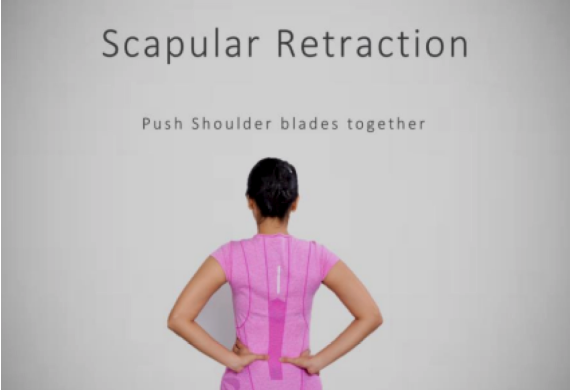Scoliosis Causes | Back Pain Condition
Past Admins, 5 years ago
Scoliosis is a three-dimensional (3D) spinal deformity in which the spine twists laterally and develops an S shaped side-to-side curve when viewed form the backside. The human Spine has a natural S shaped curvature but occasionally the spine develops an abnormal sideways cure called
scoliosis curve. This abnormal curvature or Scoliosis can occur in the thoracic spine, the lumbar spine, or both areas at the same time and can range from a minor 10 degrees to more server 100 degrees.
Scoliosis affects about 2% of females and 0.5% of males. In most cases, the cause of scoliosis is unknown
Idiopathic
This is the most common type of Scoliosis. Usually there is no clear-cut reason why the spine is curved.
Congenital
The term “congenital” means that you were born with the problem. A congenital scoliosis is present at birth. Many different problems in growth and development can lead to spine problems. Fortunately, most of these are rare. Congenital scoliosis may not be recognized, or may not be severe enough to require treatment during childhood. The scoliosis may get worse later in life due to wear and tear around the abnormal area of the spine.
Paralytic
“Paralytic” means that muscles do not work. When muscles do not work around the spine, the spine itself may be thrown out of balance. Over several years, this can result in a curvature of the spine developing. This type of scoliosis is often caused by spinal cord injuries that lead to paralysis.
Myopathic
“Myopathic” means muscle that does not work properly. Like paralytic curves described above, this curve results from a muscular or neuromuscular disease, such as muscular dystrophy, cerebral palsy, or polio.
Secondary
Scoliosis developed in adulthood can be a “secondary” cause of another spinal condition that affects the vertebrae, such as degeneration,
osteoporosis (loss of bone mass), or osteomalacia (softening of the bones). Scoliosis can also appear following spinal surgery. The surgery may cause an imbalance in the spine that leads to scoliosis.
Most common symptoms of Scoliosis are
- Stiffness, fatigue and pain while standing or sitting
- As the child enters puberty, and is growing more quickly, the degree of spinal bending can increase and become very noticeable.
- Most curves are convex to the right in the upper back and to the left in the lower back, so that the right shoulder is higher than the left one.
- One hip may also be higher than the other.
- The spine curvature may diminish lung capacity,thereby putting pressure on the heart, and restricting physical activities
Physical examination
A physical examination is conducted to first identify if the
scoliosis is functional or structural. A posture evaluation of the frontal and lateral view is conducted to check if the scoliosis is caused due to poor posture. The Spine consultant will also check the extent to which the condition has restricted patient’s movement.
Diagnostic tests
After forming an opinion on the cause of the patient’s pain, a diagnostic test like X-ray and
DSA are conducted to identify the root cause of the condition.
X-Ray
A full spine X-ray is used to measure the cobb’s angles. The Cobb angle is used to quantify the extent of spinal deformities, especially in the case of scoliosis.
A Digital Spine Analysis helps identify qualitatively the imbalance in the spine by accurately measuring the deficient in the efficiency of the spinal muscles.
The Treatment is advised based on the reason of scoliosis and degree of deformity. Scoliosis treatment focuses on correcting the curve through stretching of tight muscles and strengthening of weak muscles. Certain specialized approaches such as Schroth’s are also used which are a 3D treatment for scoliosis by correcting not only from side to side, front to back but also longitudinally by making relevant pelvic, thoracic and shoulder corrections.
Most of the patients suffering from postural scoliosis can lead a normal lifestyle by maintaining a correct posture will do well throughout life.
Qi Treatment Protocol
Our
Qi spine consultants will devise an individual treatment protocol for treating functional scoliosis. The treatment focuses on correcting the scoliosis curve. The goal of the treatment is to correct the postural imbalance between the rotators and side muscles in a controlled manner using our patented biofeedback medical devices. Also, flexibility and strengthen the hip musculature as they are secondary supporters of spine.
Clinic Locations: Currently we have 19 clinics across India in Mumbai, Delhi & Pune
Contact Us:
+91 8655885566/
+91 7827907070
To learn more, please visit
qispineclinic.com

